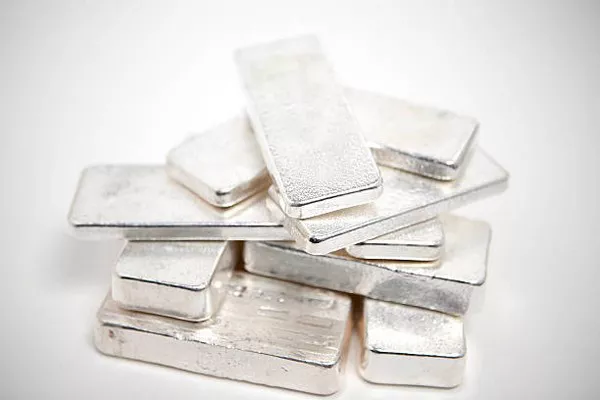In a market flooded with imitation and counterfeit products, verifying the authenticity of precious metals like silver has become an essential skill for investors, collectors, and enthusiasts alike. Authenticating silver ensures that you are making sound financial decisions and investing in genuine assets. In this comprehensive guide, we will explore various methods to check if silver is real, providing you with the knowledge and tools needed to navigate the silver market with confidence.
Hallmarks and Stamps:
One of the primary indicators of authentic silver is the presence of hallmarks and stamps. Manufacturers often imprint silver items with specific symbols that denote the purity of the metal. Common hallmarks include “925,” “Sterling,” or “925/1000,” indicating that the silver content is 92.5%, with the remaining 7.5% typically composed of copper. Additionally, some items may bear the maker’s mark or country of origin, offering further insight into the silver’s authenticity.
It’s crucial to familiarize yourself with these hallmarks and stamps, as counterfeiters may attempt to replicate them. Research reputable sources or use online databases to cross-reference markings on your silver items and ensure they align with industry standards.
Magnet Test:
While not foolproof, the magnet test can be a quick and simple way to determine if your silver is genuine. Silver is not magnetic, so if a magnet attracts your silver item, it likely contains a ferrous metal core or is an outright counterfeit. Be cautious, however, as some silver-plated items may exhibit magnetic properties due to the underlying metal.
To conduct the magnet test, place a strong magnet near the silver item. If the magnet pulls the item or exhibits any attraction, it is a potential indicator of fraudulent silver.
Nitric Acid Test:
For a more accurate assessment of silver purity, the nitric acid test is a widely used method. This test involves applying a small amount of nitric acid to the silver surface and observing the reaction. Genuine silver will exhibit a milky white color when in contact with nitric acid, while counterfeit or plated items may produce a green or red hue.
It’s crucial to exercise caution when performing the nitric acid test, as nitric acid is corrosive and can cause harm. Conduct this test in a well-ventilated area, wear protective gear, and follow proper safety protocols. Additionally, practice this test on an inconspicuous area to minimize potential damage.
Weight and Density:
Authentic silver has a specific weight and density that can be measured to verify its purity. Silver’s density is approximately 10.5 grams per cubic centimeter, making it denser than most common metals. Investing in a precise scale that measures in grams can aid in assessing the weight of your silver items.
To calculate density, divide the weight of the silver by its volume. Be aware that this method may require specialized equipment, and accurate results depend on obtaining precise measurements.
See Also: What Is The Price Of An Ounce Of Gold
Sound Test:
Silver produces a distinctive sound when struck, known as the “ring test.” Authentic silver items will emit a clear and lingering ringing sound, similar to the tone of a bell. Counterfeit items, on the other hand, may produce a dull thud or a shorter-lived sound.
To conduct the ring test, gently tap the silver item with a non-abrasive metal object. Listen for the characteristic high-pitched ring, and compare it to the sound produced by known genuine silver items.
Conclusion:
In a world where counterfeit products continue to proliferate, the ability to authenticate silver is a valuable skill. By combining visual inspection with practical tests such as the magnet test, nitric acid test, weight and density measurements, and the sound test, you can confidently determine the authenticity of your silver items.
Remember to consult reputable sources, stay informed about industry standards, and, when in doubt, seek the advice of experts. Armed with the knowledge gained from this guide, you can navigate the silver market with confidence, ensuring that your investments are genuine and of lasting value.


